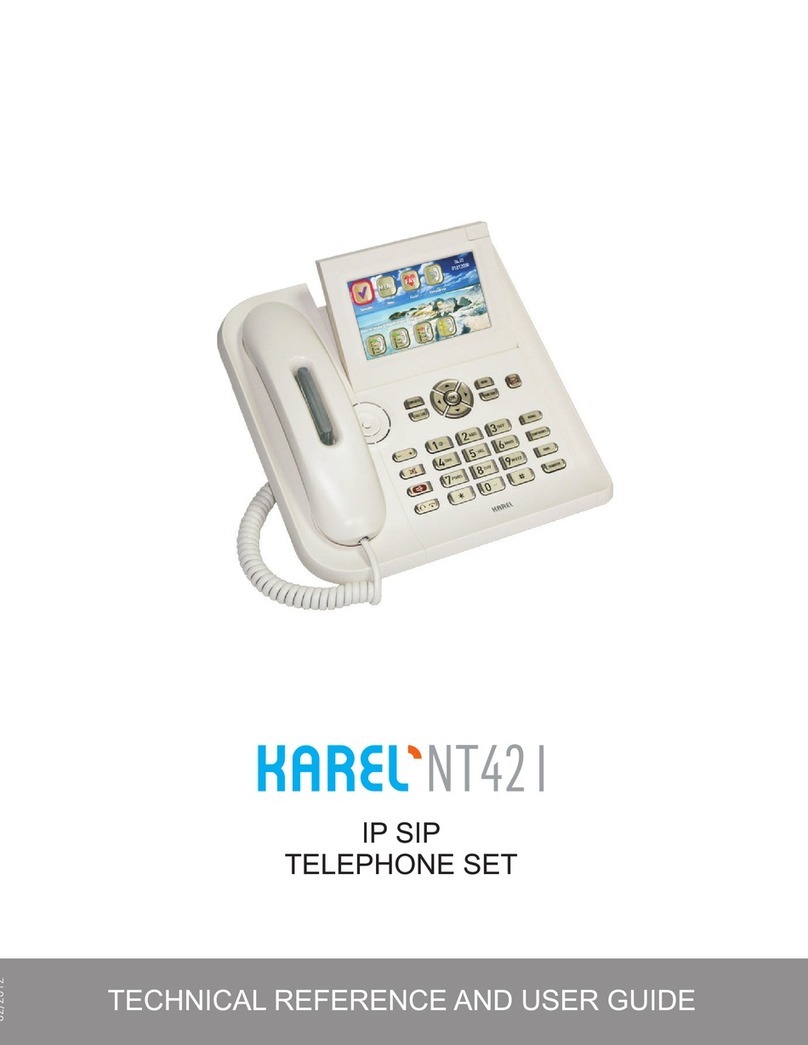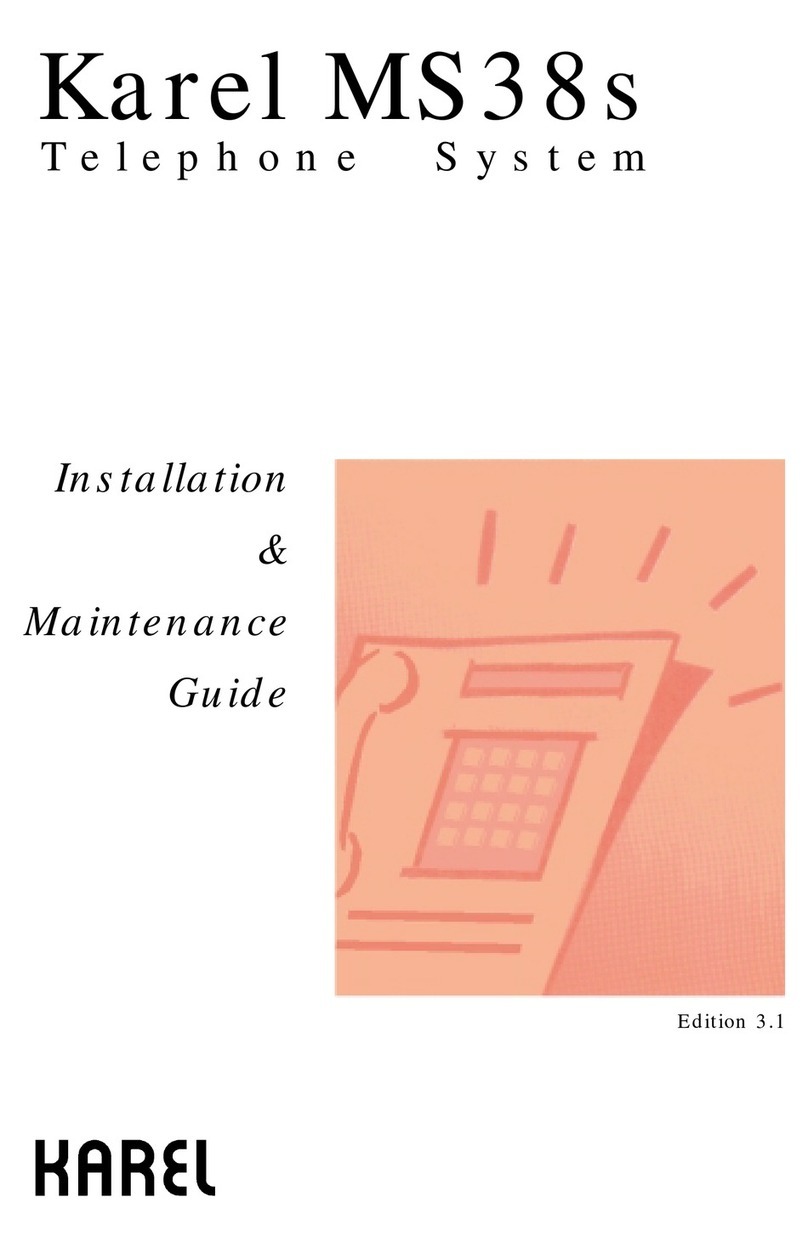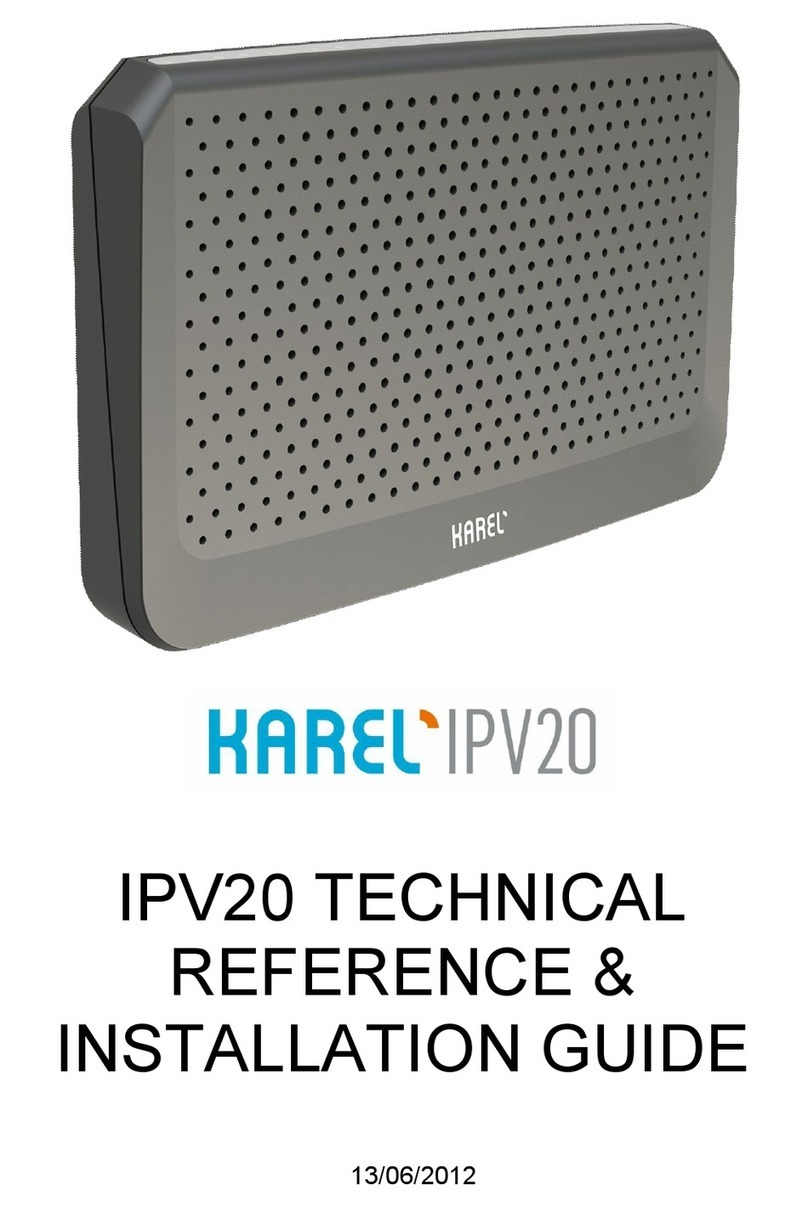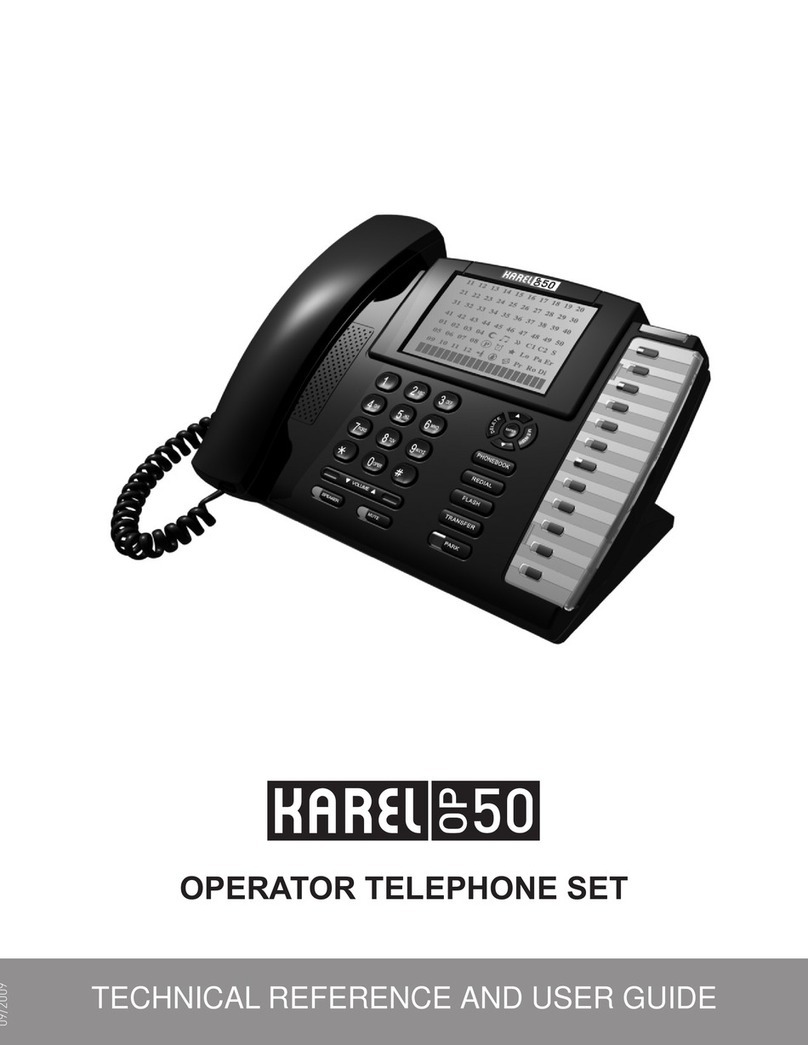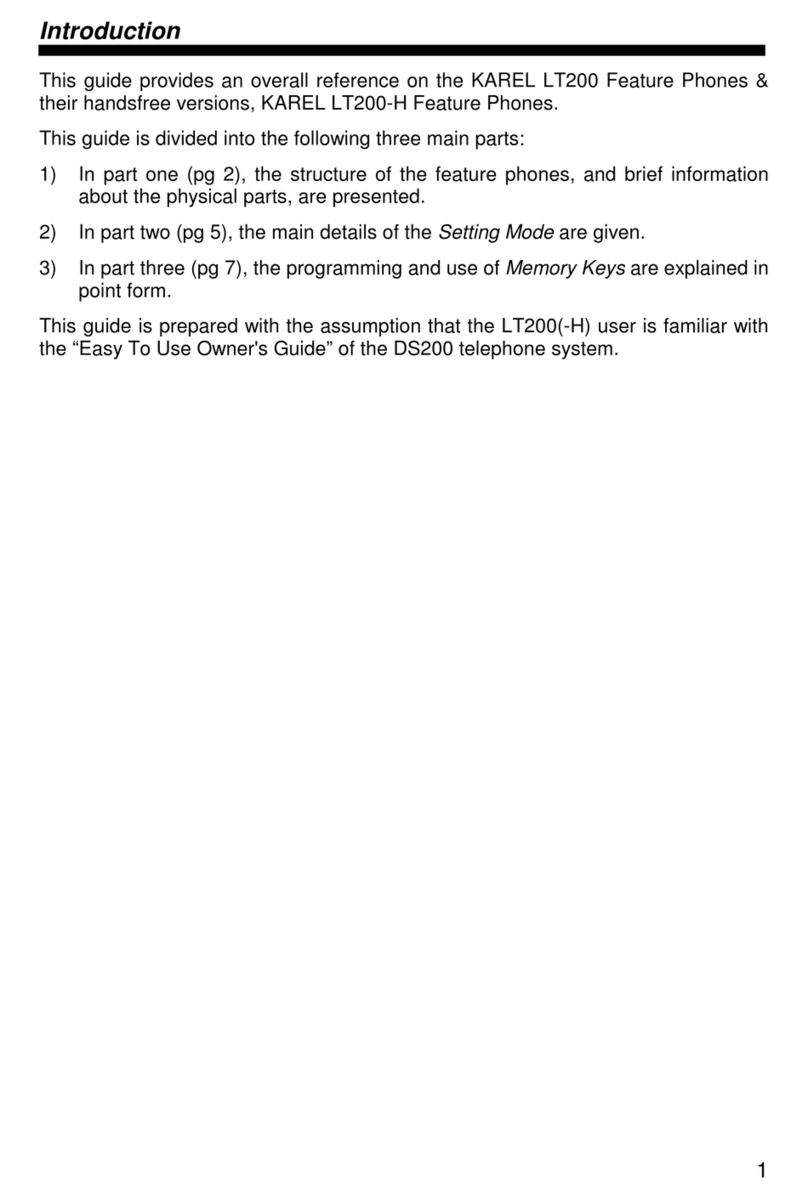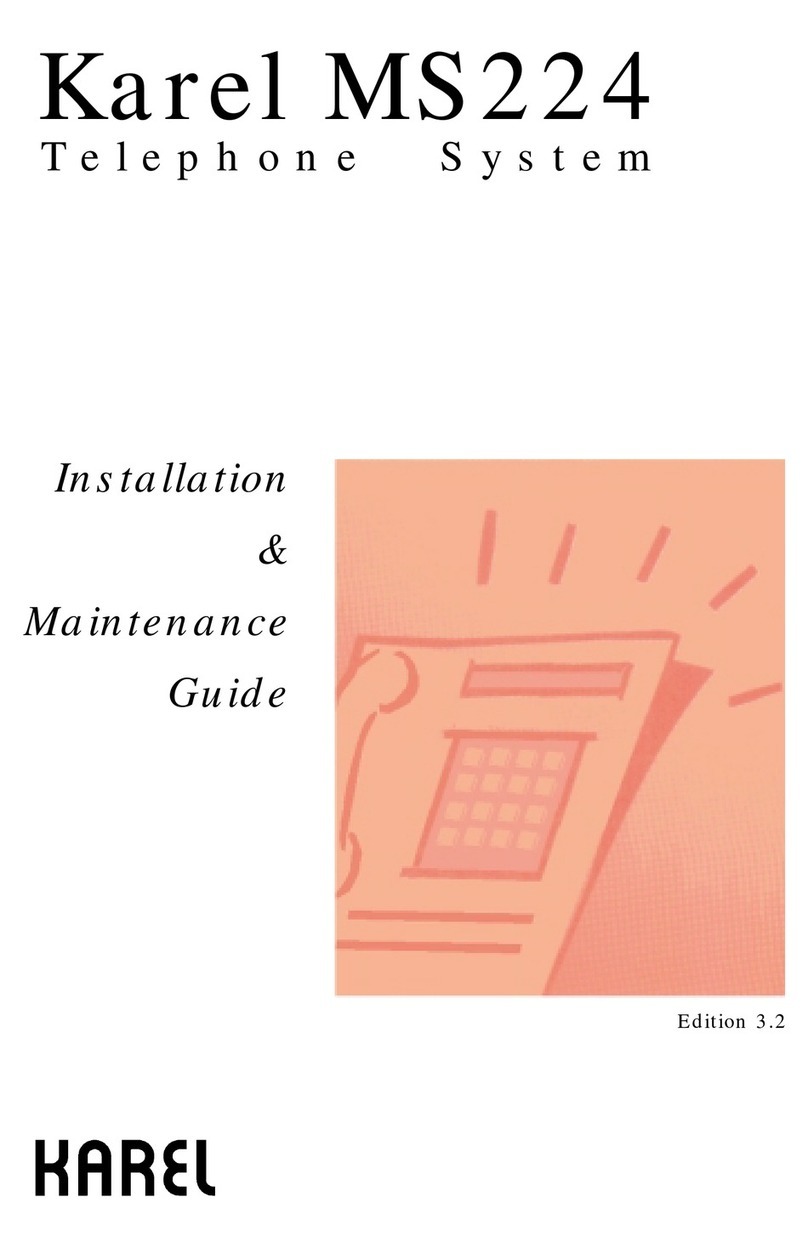CONTENTS
TECHNICALINTRODUCTION..........................................................................1
INTRODUCTION ............................................................................................1
COMPATIBILITY ............................................................................................1
PARTS LISTONDELIVERY..........................................................................1
GENERALAPPEARANCE.............................................................................2
TECHNICALSPECIFICATIONS ....................................................................2
USERINTERFACE ........................................................................................3
INCOMINGCALL LED................................................................................3
DISPLAY .....................................................................................................3
MULTI PURPOSE SOFT MENUKEYS......................................................3
NAVIGATIONKEYS AND SPECIALFUNCTIONKEYS ............................4
NUMERICALKEY PAD ..............................................................................5
VOICE CONTROL KEYS............................................................................6
PROGRAMMABLE SPEEDDIALKEYS ....................................................7
FUNCTIONPROGRAMMINGFORTHE SPEEDDIALKEYS...................7
Bythe Function Programming Menu.................................................................. 7
CodeProgramming............................................................................................ 9
Bythe PrivatePool ProgrammingMenu: ....................................................... 9
ByAutomatic ProgrammingMenu:................................................................. 9
INSTALLATION ...............................................................................................10
CONNECTIONPOINTS ...............................................................................10
FT15 INSTALLATION...................................................................................11
RequiredHardwareFor The Connection: ........................................................ 11
ConnectingFT15 To The Exchange: ............................................................... 12
Defining ExtensionNumber for FT15............................................................... 13
Number of FT15sThat Can BeConnected tothe ExchangeandConnection
Distances ......................................................................................................... 14
FT15 Usage onTablewithAngleAdjustment or OnWall ................................ 14
FT15 Start-up State.......................................................................................... 16
PROGRAMFEATURES ..................................................................................17
PROGRAMMINGMENUS............................................................................17
CALL OPTIONS............................................................................................18
Call Diversion ............................................................................................18
AutoDial....................................................................................................18
Paging .......................................................................................................19
Missed Calls..............................................................................................19
Answered ..................................................................................................19
Dialed ........................................................................................................19
PHONE SETTINGS......................................................................................20
Key Settings ..............................................................................................21
Extension ......................................................................................................... 22
Line .................................................................................................................. 22
PrivatePool...................................................................................................... 23

